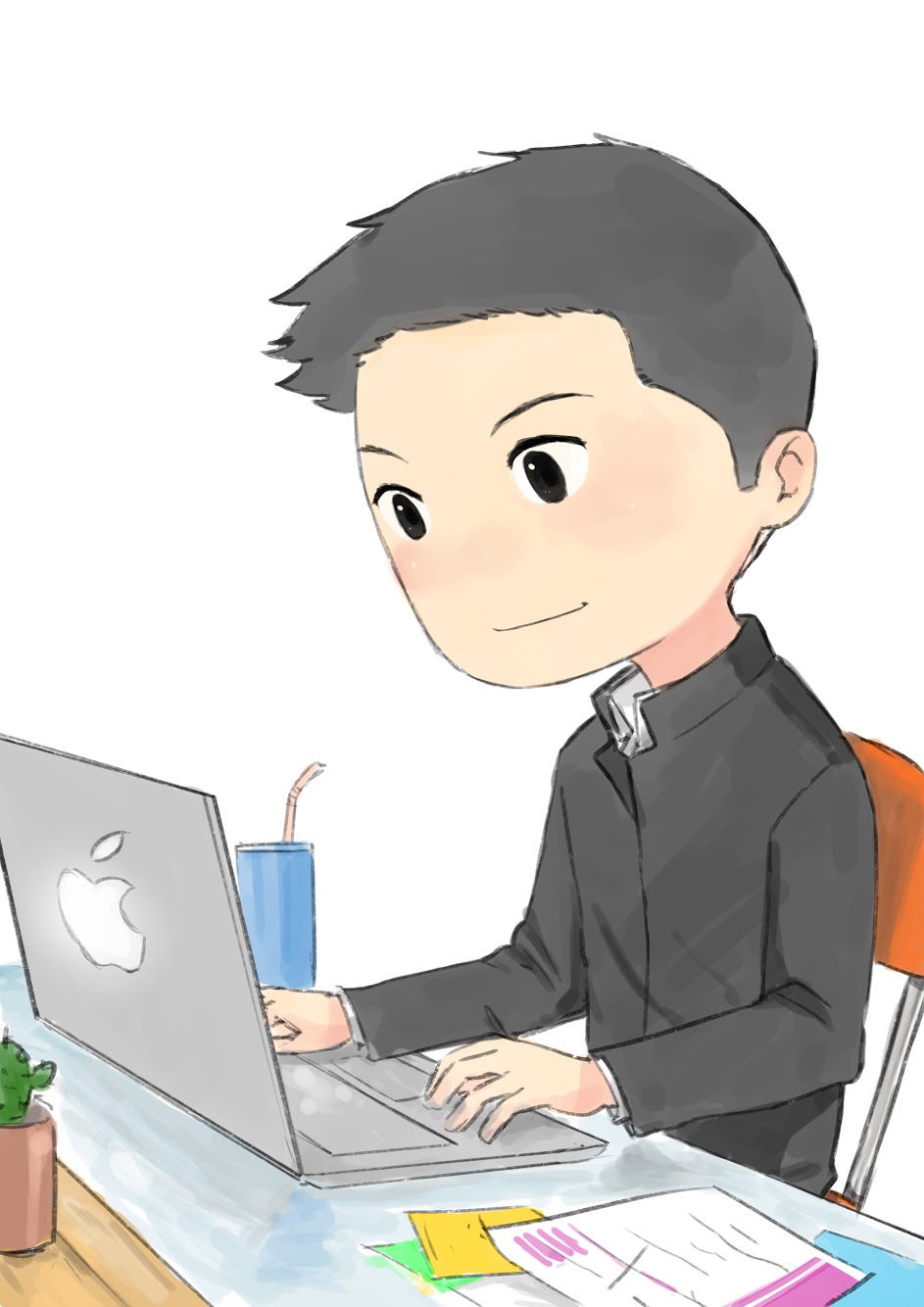CSS Grid
CSS Grid helps you easily build complex web designs. It works by turning an HTML element into a grid container with rows and columns for you to place children elements where you want within the grid. Create Your First CSS Grid Turn any HTML element into a grid container by setting its display property to grid. This gives … Continue reading CSS Grid

You must be logged in to post a comment.